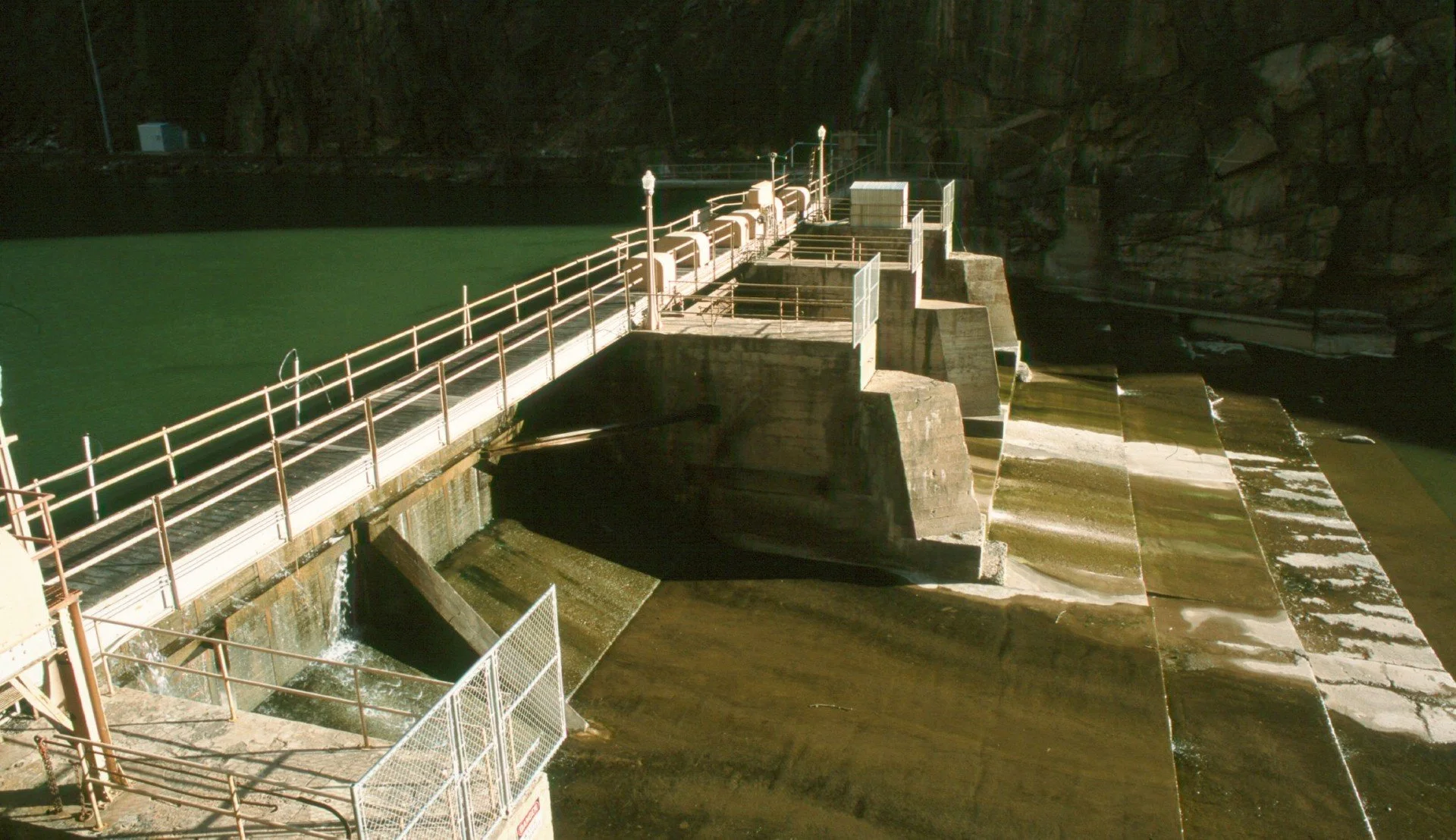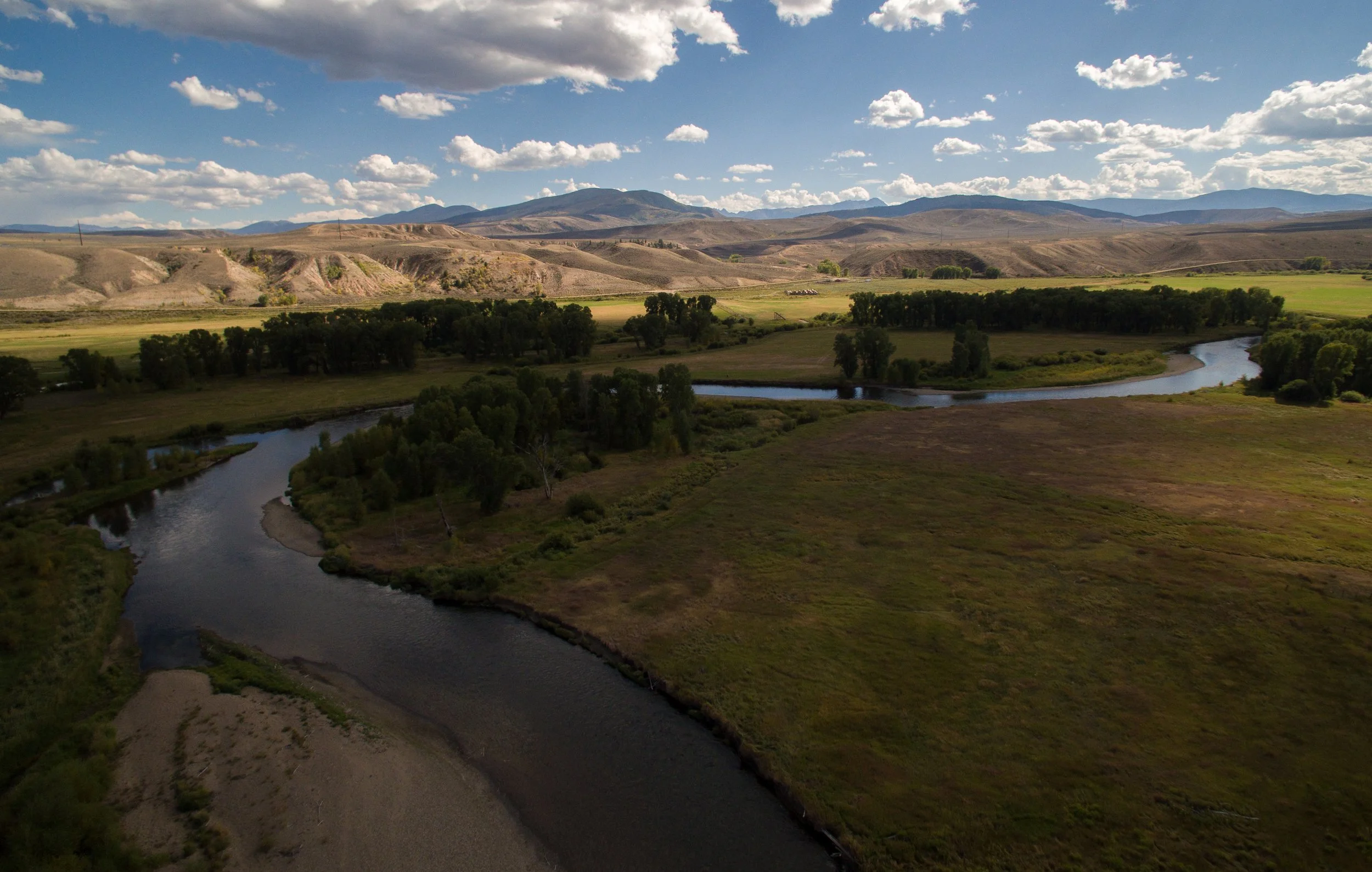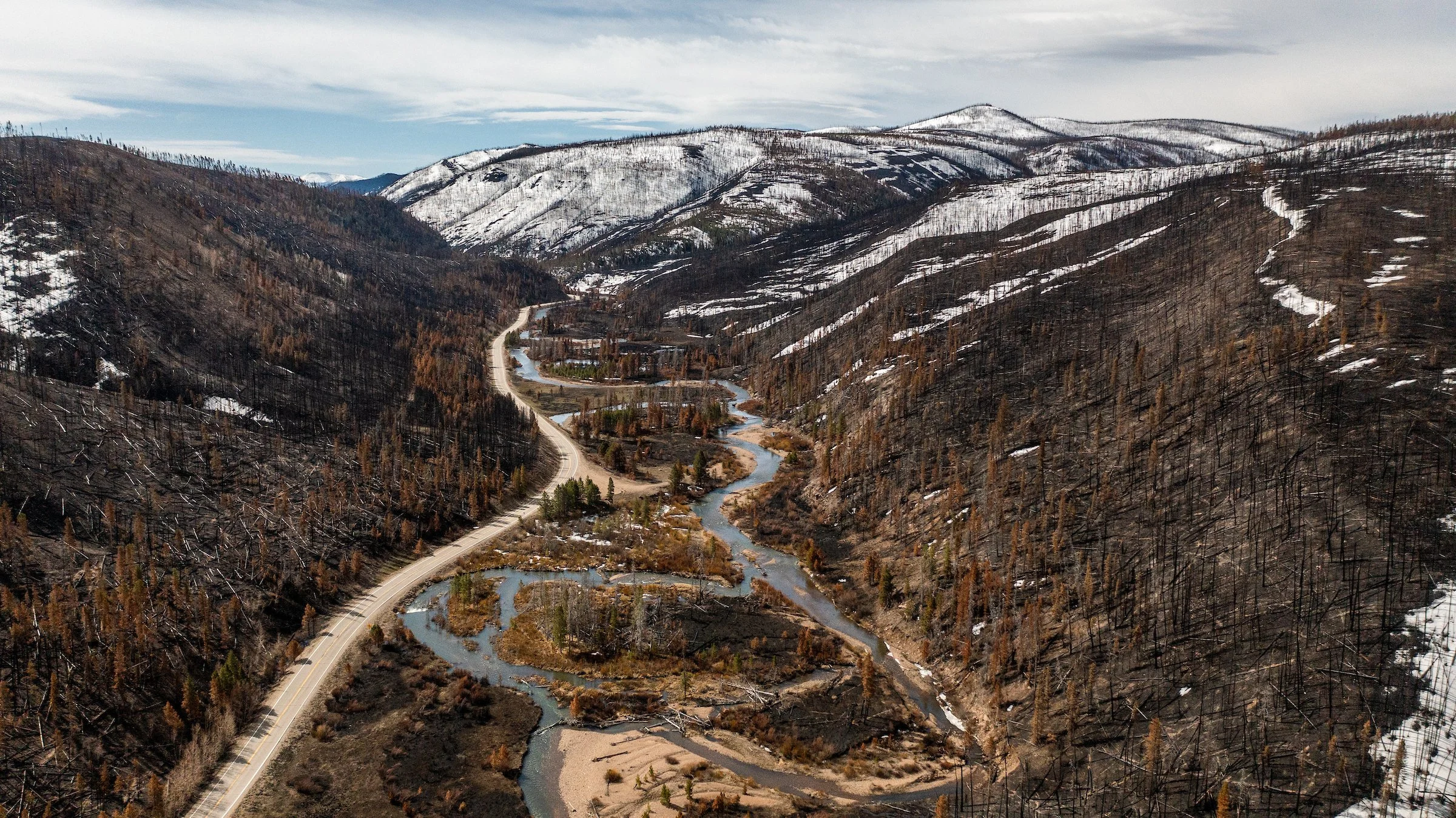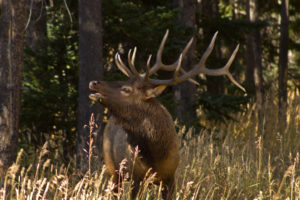By Randy Scholfield, TU communications director for the Southwest.
Is there anything worse than tangles? They happen so suddenly, and advance so diabolically, just when things seem to be going so right with our fishing day.
An all-too-common scenario: I come upon an inviting stretch of water, with a sudden rise or hatch breaking out all around me, and in my feverish haste to cast, I lurch the line back and forth and—in a microsecond!—my carefully crafted rig is reduced to a satanic web of entanglements that mock my visions of fly-fishing simplicity.
What too often follows, if I am alone, is a slow-building but unstoppable and obscenity-laced howl of rage and despair that issues from deep within my soul and carries far across the landscape with a force that I’m sure has unnerved nearby anglers and perhaps stampeded large ungulates.
Of course, my own foolish haste is to blame for many, if not most, of these technical and emotional breakdowns. Yes, it takes two to tangle.
The tangle is there to humble us and remind us that we’re fallible, hopeless creatures, filled with pride and all of those other deadly sins.
They remind us, too, of the primacy of patience in fishing.
The tangle is most often the result of an overpowered, rushed and graceless cast.
And the odds of Tanglepocalpyse increase in direct proportion to the number of flies you greedily string on your rig. I have spent long minutes slowly and painstakingly constructing a two- or (madness) three-fly rig, carefully trimming and testing all the knots, gazing lovingly upon my creation—only to snag it on an unseen overhead branch on the first cast and have it delivered back into my hand looking like a giant condor’s nest.
After the wave of self-loathing and disgust washes over me, there follows the requisite stage of forced calm and problem-solving. Yes, you can do this. It’s not as bad as it looks, right? I begin unwrapping line, focused like a safecracker, waiting for just the right combination of moves to unlock the crazy mashup of hitches, bowlines, slippery eights and stemwinder wraps.
Usually, I make it worse.
I once asked a guide if there were some tricks or shortcuts he’d picked up to untangling leaders and rigs. He smiled grimly and said, “It’s just a matter of practice. After working with hundreds of them, you just get better at it. One thing—don’t keep moving your rod if a tangle has started—that just makes things worse.”
It’s like if you step on a landmine. Stop. Don’t move and you’ll be OK, at least until you move again.
I’ve found it sometimes helps if I cut off the trailing fly on a rig – this sometime gives the needed advantage to pull line through and make sense of things.
So how to avoid these messes in the first place? As someone more skilled in tangling line than untangling it, I am probably not the person to consult.
But a few things have become clear to me: Slow down and don’t overpower or rush your cast and avoid tight loops with multi-fly rigs. Not prudent. Take your time and watch what you’re doing.
Sure, some tangles are unavoidable. Chaos, after all, is an immutable law of nature, hardwired into the structure of the cosmos.
Just remember there is always the nuclear nipper option. Give the tangle a few minutes, and if it doesn’t look good, for God’s sake give up and cut away and re-rig. Our fishing life is too short to be spent working on tangles.






 Colorado TU’s Board of Directors has voted to support HB 1321. Since 2009, CPW has cut or defunded fifty staff positions and sliced $40 million from the wildlife budget. Without new revenue, more painful cuts are inevitable.This bill gives the Parks and Wildlife Commission authority to set fees, within a cap set at a 50% increase from current levels. Importantly, it allows future license fees to be adjusted gradually over time to keep up with inflation rather than needing the legislature to approve larger increases every few years. The bill would also allow out-of-state fishing license fees for Colorado to be increased to bring Colorado’s pricing in line with peer states like Montana, Wyoming, and Utah. A senior fishing license (not more than half the regular price) would also be re-instituted. The bill also would add a new sticker and fee program for boats, to help finance inspections for aquatic nuisance species.
Colorado TU’s Board of Directors has voted to support HB 1321. Since 2009, CPW has cut or defunded fifty staff positions and sliced $40 million from the wildlife budget. Without new revenue, more painful cuts are inevitable.This bill gives the Parks and Wildlife Commission authority to set fees, within a cap set at a 50% increase from current levels. Importantly, it allows future license fees to be adjusted gradually over time to keep up with inflation rather than needing the legislature to approve larger increases every few years. The bill would also allow out-of-state fishing license fees for Colorado to be increased to bring Colorado’s pricing in line with peer states like Montana, Wyoming, and Utah. A senior fishing license (not more than half the regular price) would also be re-instituted. The bill also would add a new sticker and fee program for boats, to help finance inspections for aquatic nuisance species.  I first joined TU in order to learn. I wanted to learn how to be a better fly fisher. I also wanted to learn more about the local fisheries and waters that sustain them. Having moved to two different states prior to settling my family in Basalt, Colorado in 2013, becoming a member of TU taught me about the pursuit of trout and the local streams in each state more than I ever could have expected. Through TU, I’ve connected with and befriended many veteran anglers that know the craft and know the issues and challenges facing our watersheds as intimately as anyone.
I first joined TU in order to learn. I wanted to learn how to be a better fly fisher. I also wanted to learn more about the local fisheries and waters that sustain them. Having moved to two different states prior to settling my family in Basalt, Colorado in 2013, becoming a member of TU taught me about the pursuit of trout and the local streams in each state more than I ever could have expected. Through TU, I’ve connected with and befriended many veteran anglers that know the craft and know the issues and challenges facing our watersheds as intimately as anyone. Lately, given the short days and a demanding work schedule, it’s been teaching my 2 year-old son, Henry to roll cast in the house with his toy training rod. His favorite thing to say after casting is, “It’s a whopper!”
Lately, given the short days and a demanding work schedule, it’s been teaching my 2 year-old son, Henry to roll cast in the house with his toy training rod. His favorite thing to say after casting is, “It’s a whopper!”
